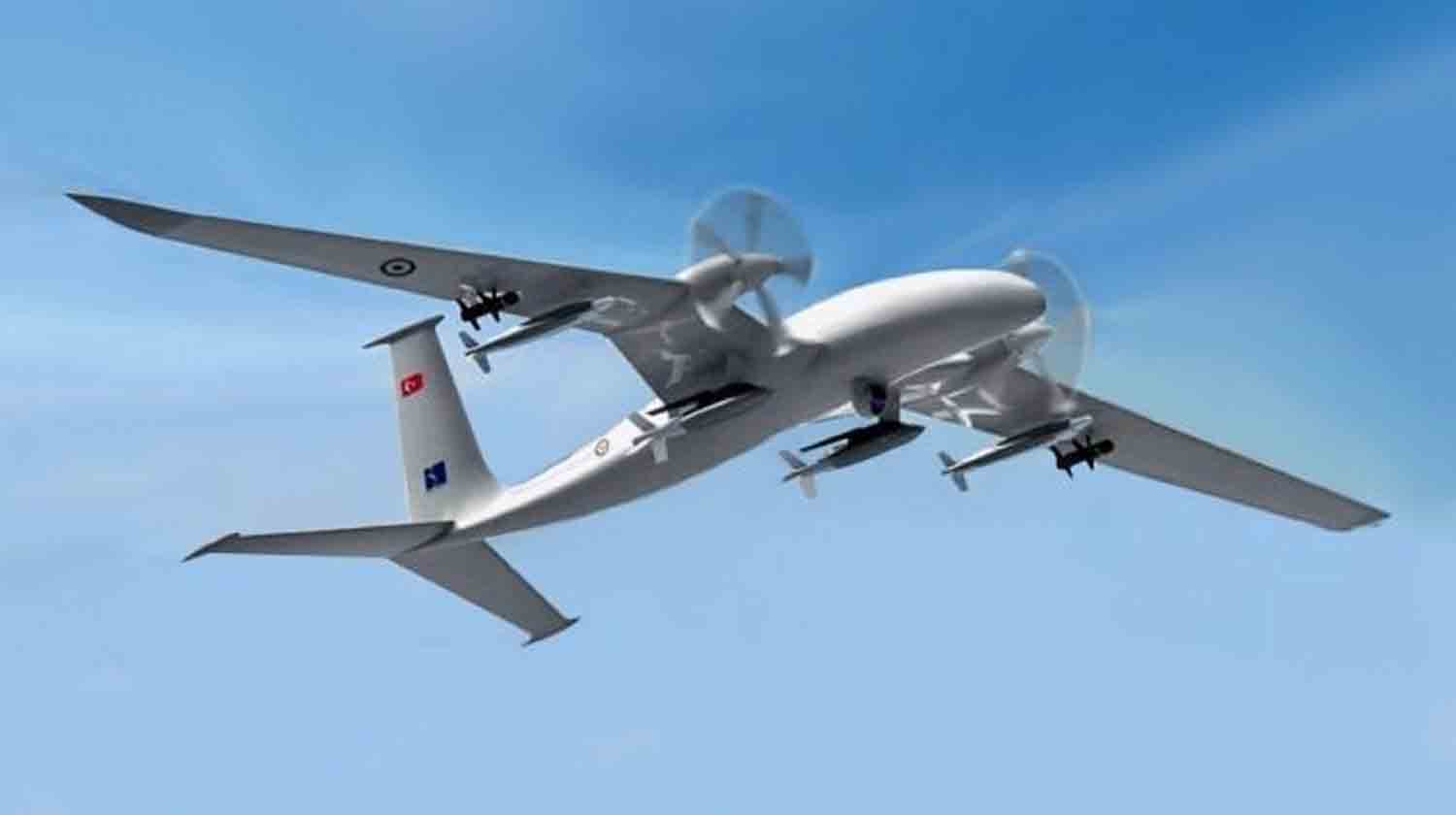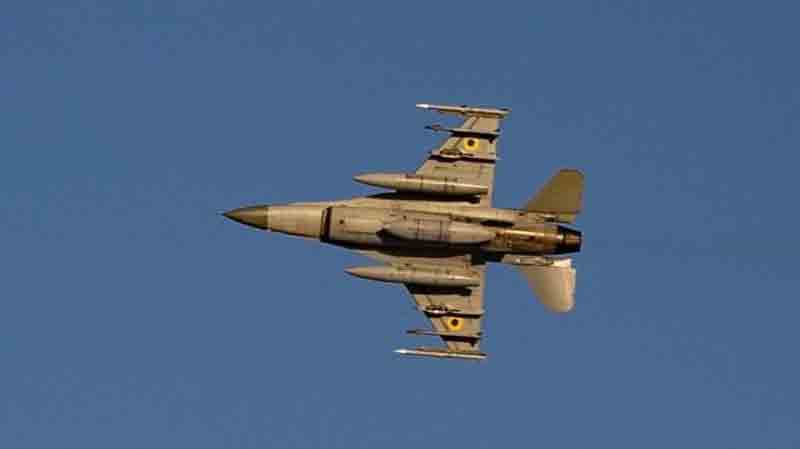Reports indicate that the Bangladesh Navy is contemplating the acquisition of Turkish-made Bayraktar TB2 drones, likely influenced by the impressive performance and effective use of these drones by the Bangladesh Army. This potential acquisition aims to enhance the Navy’s ability to monitor the Bay of Bengal and address emerging maritime threats, representing a strategic effort to bolster the country’s naval capabilities in a geopolitically sensitive area.
Insider sources reveal that the aviation wing of the Bangladesh Navy is particularly interested in the Bayraktar TB2, which has already demonstrated its effectiveness in military operations with the Army.
In addition to the standard Bayraktar TB2 model, the Navy is also considering a more advanced version that can operate from shorter runways, thereby increasing operational flexibility from naval vessels or smaller airbases. The Bayraktar TB2, developed by Turkey’s Baykar Technology, is recognized as one of the leading Medium Altitude Long Endurance (MALE) drones currently available.
Initially designed for deployment from Turkey’s first drone carrier, the TCG Anadolu, this drone is capable of executing a variety of missions, including intelligence gathering, surveillance, and precision strikes. The upcoming Bayraktar TB3 variant, which can launch and land on shorter decks, further highlights the adaptability and strategic potential of these unmanned aerial vehicle systems.
The Bangladesh Army has announced an expansion of its Bayraktar TB2 drone fleet, with plans to acquire a total of 12 units from Turkey.
Since 2023, six of these drones have been operational, and an additional six are anticipated to be integrated into the fleet soon. These drones are vital for intelligence, surveillance, and reconnaissance (ISR) missions, as well as for precision offensive operations, thereby bolstering Bangladesh’s military capabilities in both conventional and asymmetric warfare.
The strategic significance of the Bayraktar TB2 drones within Bangladesh’s defense framework was underscored shortly after Pakistan obtained similar drones for deployment near its disputed border with India. For Bangladesh, these unmanned aerial vehicles (UAVs) are considered a defensive resource, although neighboring countries have expressed growing apprehensions regarding their implications in the region.
India has particularly raised alarms about the presence of these drones close to its border with Bangladesh. Indian military officials have stated that any UAV operating within a 10-kilometer radius of the border would be regarded as an airspace violation, potentially leading to defensive measures.
A senior Indian military official emphasized, “We possess the capability to track and neutralize any drone or object that infringes upon India’s airspace,” highlighting the perceived threat from such drones, especially if utilized for ISR missions near sensitive border regions. The Bayraktar TB2 drone, identified by its transponder TB2R1071, was spotted flying in the strategically significant areas of Meghalaya, Tripura, and Mizoram. This drone, reportedly launched from Tejgaon Air Base in Dhaka, was conducting routine surveillance operations for the Bangladesh Army’s 67th Division.
This prompted an immediate reaction from Indian radar systems, which monitored the drone operating at high altitudes, well beyond visual detection.
“This drone operated at an extremely high altitude, rendering it invisible to the naked eye,” stated an Indian security official, who confirmed that the Indian Air Force (IAF) radar had identified the drone’s presence.
“The IAF will address this matter with the authorities in Bangladesh,” the official continued, emphasizing the ongoing tensions surrounding drone activities along the border.
This occurrence is part of a broader trend. Indian security sources have observed a rise in drone activity near the West Bengal border, a situation that has intensified as Bangladesh enhances its drone fleet and surveillance capabilities.
Given the shifting security landscape, particularly in light of political instability in Bangladesh, the presence of these drones near the border poses a growing challenge to regional stability. While these drones have not breached Indian airspace, their close proximity to the border has raised concerns within India’s defense community.
As tensions escalate in the region, the Indian government is under increasing pressure to implement proactive strategies to protect its airspace and prevent any further drone incursions.
India’s bilateral relations with Bangladesh have been on a downward trajectory since the collapse of Prime Minister Sheikh Hasina’s government in August 2024, triggered by widespread protests. The transition to the current administration led by Nobel laureate Muhammad Yunus has resulted in heightened diplomatic tensions, particularly concerning extradition matters and regional security dynamics.
India’s apprehensions regarding the strengthening ties between Bangladesh and China have become increasingly pronounced, especially in light of China’s strategic ambitions in the area. In response, India has implemented crucial measures to enhance its defense capabilities along the strategically vital Siliguri Corridor, often referred to as the “Chicken Neck.” This narrow land corridor connects India’s northeastern states to the rest of the nation, representing a significant vulnerability in India’s defense framework.
The introduction of the Russian-made S-400 air defense system and Rafale fighter jets in the region highlights the importance of this corridor within India’s overarching security strategy. The bolstered military presence, including the deployment of a Rafale fighter squadron at Hashimara Air Base, directly addresses perceived threats from both China and Bangladesh, which have increased their aerial activities near the Siliguri Corridor.
Historically viewed as a weak point in India’s defense, this area has become the focal point for enhanced security measures, particularly due to the growing military collaboration between Bangladesh and China. The expanding influence of China in Bangladesh, especially under Yunus’s leadership, has further complicated relations with India. Reports indicating that Bangladesh may establish an airbase in Lalmonirhat with Chinese assistance have exacerbated these concerns. Given its proximity to the Siliguri Corridor, such a development would significantly alter India’s strategic calculations in the region, heightening tensions in an already precarious security landscape.
As of April 2025, there are unconfirmed reports indicating that Bangladesh might advance this proposal, potentially altering the regional power dynamics. Should this airbase come to fruition, it could emerge as a focal point of strategic competition between India and Bangladesh, carrying broader consequences for the geopolitical environment in South Asia.
Discover more from Defence Talks | Defense News Hub, Military Updates, Security Insights
Subscribe to get the latest posts sent to your email.





